A recent leak suggests that Apple will be changing the way it releases new iPhones in an unprecedented manner.
Instead of releasing all new iPhones at once, the company will launch its flagship models in the fall (September), such as the iPhone Pro, iPhone Pro Max, and the highly-anticipated iPhone Fold.
The remaining models will be introduced in the spring (around January). These will include the basic iPhone models, along with the E-series and, potentially, the future iPhone Air.
This strategy reveals some interesting points, such as the annual release of the E-series (iPhone 16e) instead of the sporadic updates of the previous SE models. Most notably, the foldable phone is expected to be part of Apple’s portfolio as early as next year. Altogether, the company could release up to six devices annually.
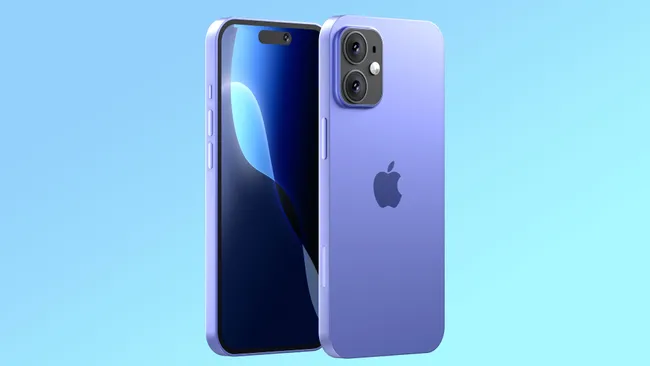
This approach is similar to Samsung’s strategy with its Galaxy S and Galaxy Z releases throughout the year, allowing Apple to increase device sales and streamline new phone introductions.
However, Tom Pritchard of Tom’s Guide argues that this new release strategy might not bring about any significant changes for users and suggests that Apple should consider bringing back the iPhone S-series.
Here’s what he has to say:
The S-series: A Breathing Space for Apple
In recent years, Apple has faced criticism for releasing “the same phone every year.” This sentiment stems from the minimal changes made from one year to the next, despite the hype and fanfare that accompanies each new iPhone release. And Apple is not alone in this challenge.
However, there was a time when Apple navigated this situation more skillfully, avoiding such criticism. They once openly acknowledged the minor updates of their new phones by simply adding an ‘S’ to the model name, starting with the iPhone 3Gs in 2009 and continuing through to the iPhone Xs in 2018.
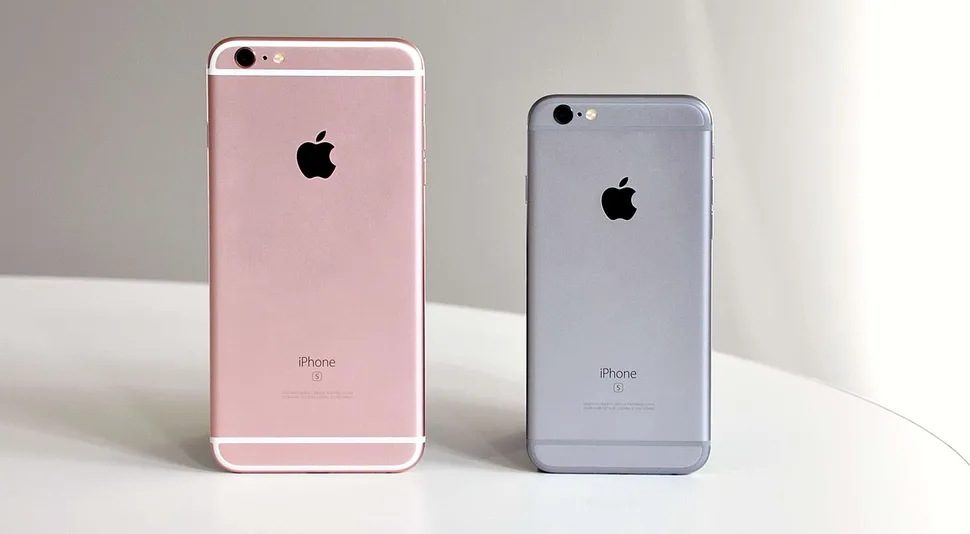
The S-series didn’t represent a massive upgrade like the iPhone 4 or iPhone 5. Instead, Apple positioned these models as minor updates, and consumers understood the message.
If you owned an iPhone 4, there was no pressing need to purchase the iPhone 4S, as it was essentially the same phone with minor improvements for those who hadn’t upgraded to the previous model. It made more sense to wait for the iPhone 5 the following year and invest in something more substantial.
The S-series allowed Apple to release a new model annually, make necessary tweaks and upgrades to the previous version, and avoid the pressure of creating an entirely new device that had to wow everyone.
Sequential Numbering in iPhone Names Leads to Disappointment
In recent years, Apple returned to sequential numbering with the iPhone 11 and subsequent models, blurring the lines between what used to be the S-series and the regular releases.
This means that even without significant upgrades, each new generation is named as if it were an entirely new device.
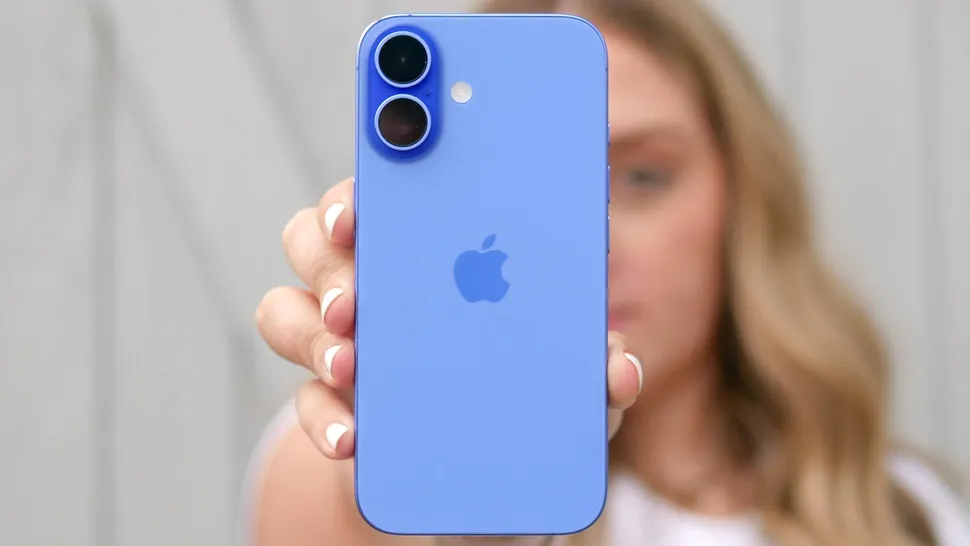
Annual numerical increments create an expectation of significant change. However, in reality, Apple can only make minor adjustments from one year to the next. Therefore, Apple should consider reverting to the old S-series naming convention to manage consumer expectations better.
For instance, the iPhone 16S, launching this fall, wouldn’t need to be marketed as the iPhone 17 with a host of special upgrades. By being upfront, Apple can, at the very least, avoid a wave of disappointed customers.
Of course, the shift to multiple releases per year and a broader range of iPhone models, as mentioned earlier, is Apple’s attempt to boost sales and streamline its iPhone launch events, as there will be multiple devices to introduce.
However, from a consumer perspective, one can’t help but wonder if this strategy truly addresses the underlying issue. Ultimately, consumers will still anticipate iPhone launch events with high expectations, only to be met with disappointment.
The Cheapest Apple Phone Yet: Critics Pan Upcoming Release as an ‘Enlarged iPhone 4’
The alleged iPhone SE 4 model sports a sleek, angular design that takes its cues from the iPhone 4, a device that made its debut a whopping 15 years ago. This new model is a refreshing throwback to Apple’s iconic design, with a modern twist.

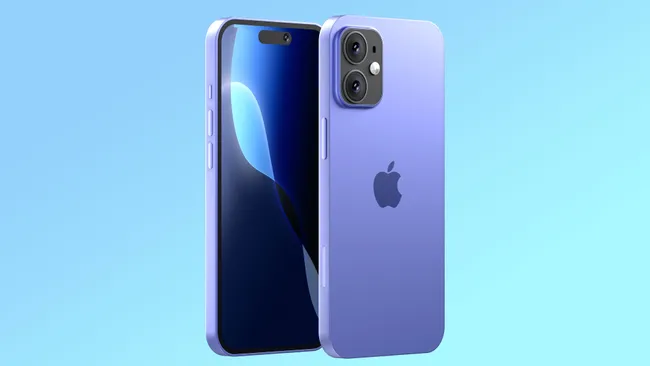
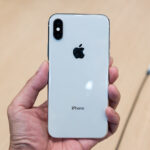

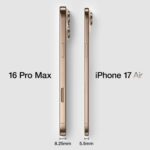

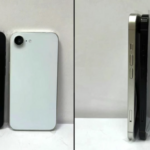

![[Photo Essay]: Experts, Managers, and Businesses Unite to Forge a Path Towards Sustainable Green Industry](https://xe.today/wp-content/uploads/2025/07/z678592918-218x150.jpg)











